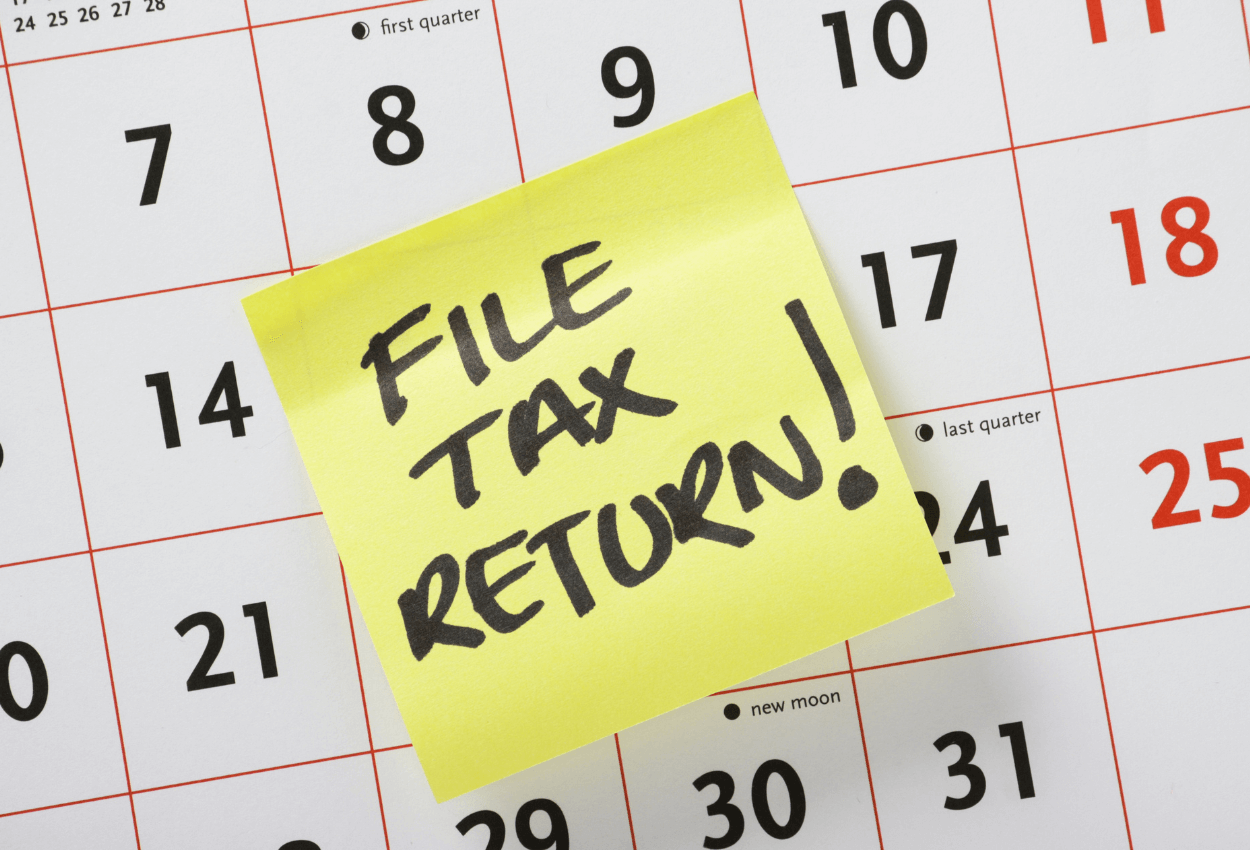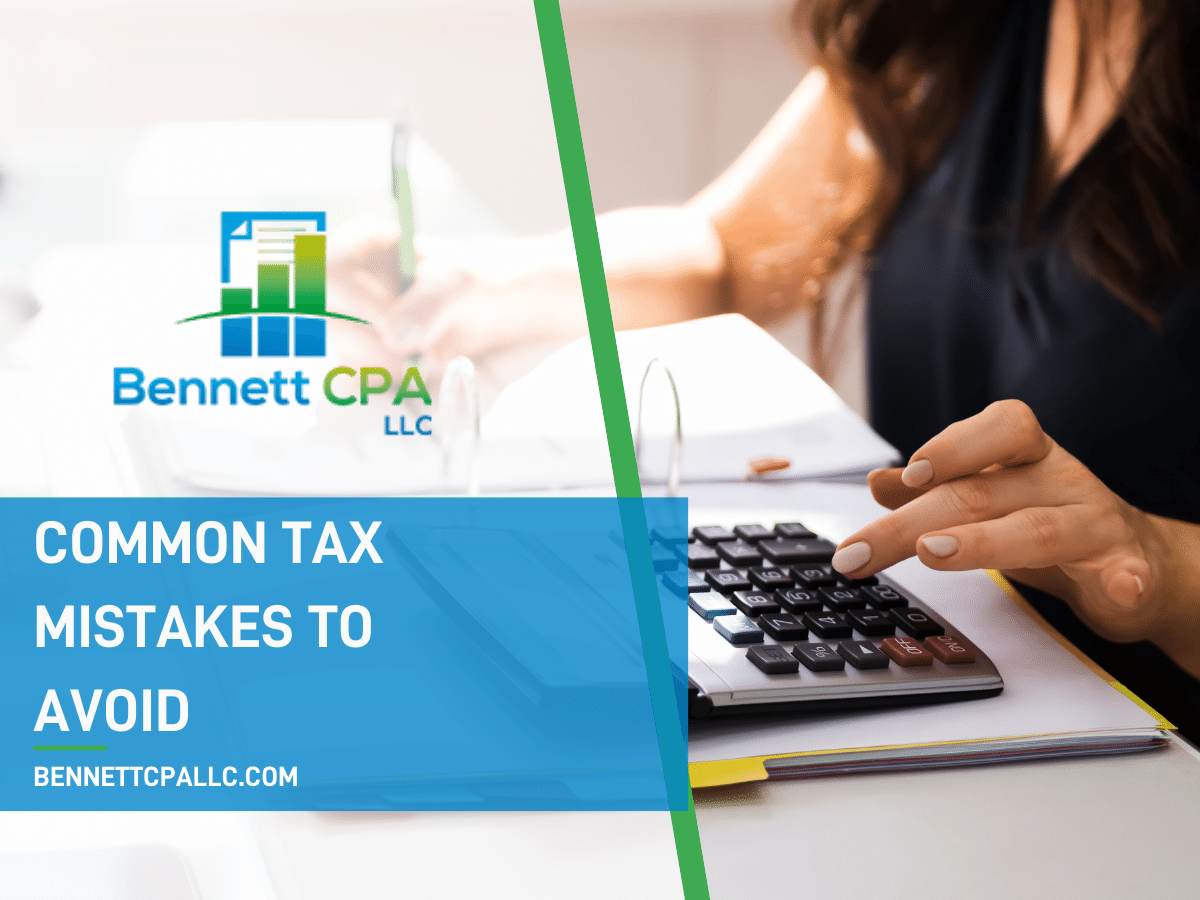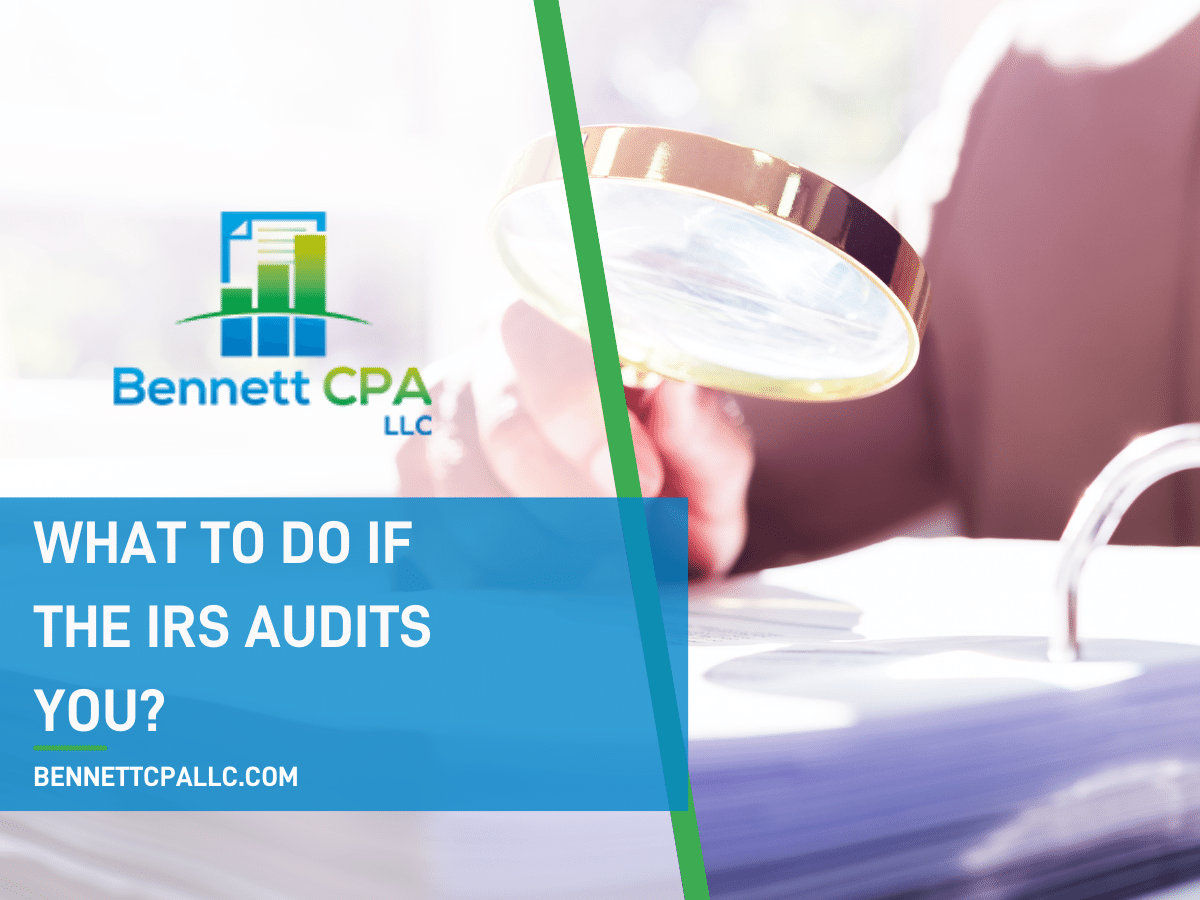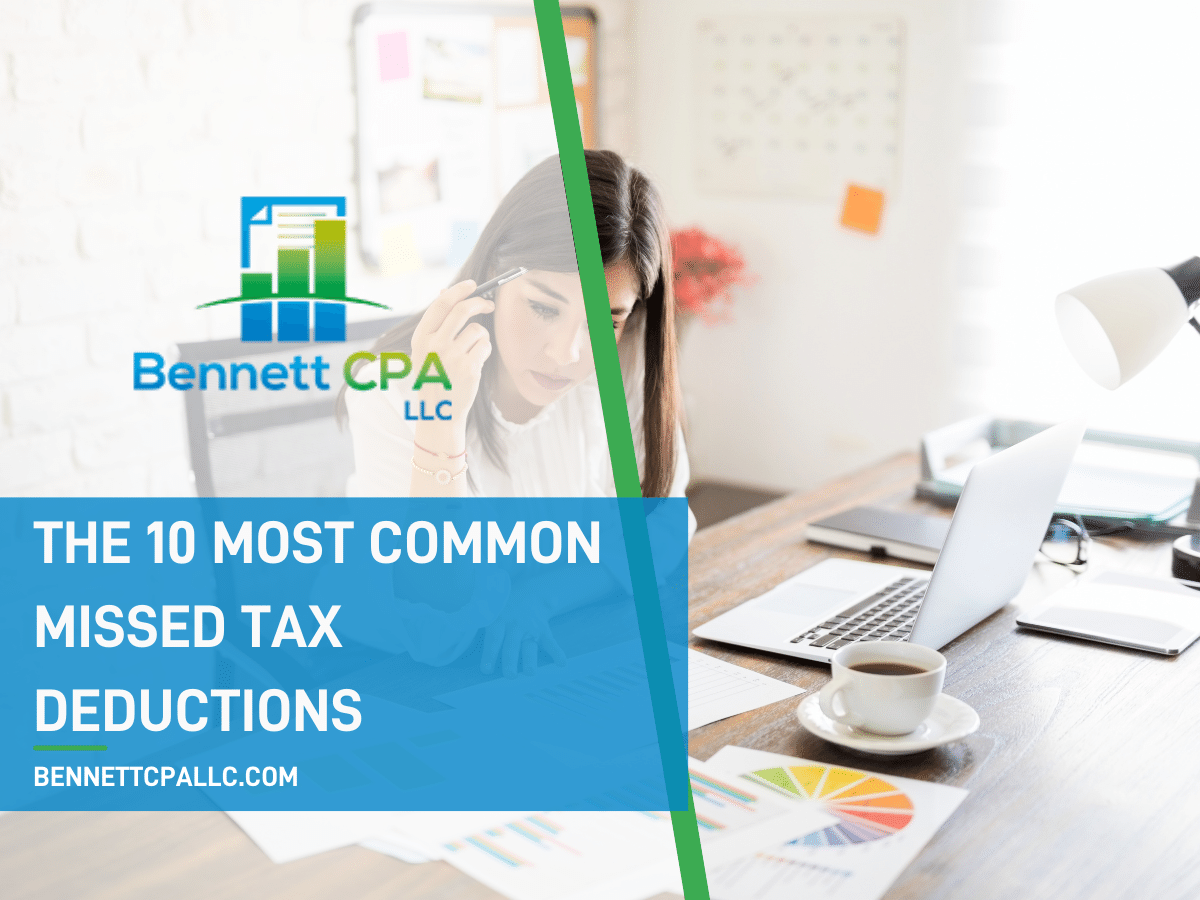Filing taxes can be a stressful process, especially if you’re filing for the first time. You probably have heard people complain about how complicated or overwhelming taxes are to file. But don’t worry — it’s not that bad! Remember that millions of Americans file taxes each year. So while you may be feeling intimidated, it’s actually a much easier process than it may seem. Here are 10 tips for filing taxes for the first time!
At Bennett CPA, Merrill Bennett is a certified public accountant in Colorado Springs with years of tax experience. No matter if you are in need of filing your personal taxes or business taxes, Bennett CPA will file your information accurately and on time. As a resource for all of your tax questions, Bennett is here to help you understand the filing process and become prepared for tax season.
Ready to learn the best tips for filing taxes for the first time? Keep reading to discover more.
1. Gather your documents.
The first step in filing your taxes is to gather all of the necessary documents. This includes your W-2 form from your employer, 1099 forms for any other income you received, and records of any deductions or credits you’re claiming. It is best to start gathering your documents as early as possible so that you’re not scrambling to find everything at the last minute. Also, consider anything that may impact your taxes, such as:
- Job changes
- Payment of college tuition
- Selling stocks or mutual funds
If you accidentally miss something, you can always amend your return later.
2. Determine your filing status.
Your filing status is important because it will determine the tax bracket you fall into and how much tax you owe. There are five main filing statuses: single, head of household, married filing jointly, married filing separately, and widower. Most people will fall into the first three categories. You can use the IRS’s filing status tool to help you determine which one applies to you. Generally, if you’re filing taxes for the first time, you most likely don’t have any dependents. That means you would fall under the “single” filing status.
3. Know the deadlines.
For most taxpayers, the deadline to file taxes is around April 18th. However, there are some exceptions to this rule. For example, if you’re self-employed or have certain types of income, you may have to file your taxes earlier. Be sure to check the IRS website to find out the specific deadlines that apply to you. If you miss the tax deadline, you may be subject to penalties, so it’s important to be aware of when your taxes are due.
4. Choose the right tax software.
There are a lot of different tax software programs out there, and it can be tough to choose the right one. The best way to decide is to figure out what your needs are. Do you need a program that is simple to use? One that can help you maximize your deductions? Once you know what you need, you can compare different programs and find the one that’s right for you.
5. Determine your adjusted gross income.
This is your total income minus any deductions or credits you’re eligible for. Your adjusted gross income (AGI) will determine which tax bracket you fall into and how much tax you owe. Your AGI is important to determine because it can also affect your eligibility for certain deductions and credits.
6. Figure out which deductions and credits you can claim.
There are a number of deductions and credits available, but not all of them will apply to every taxpayer. The best way to figure out which ones you can claim is to research the available deductions and credits on the IRS’s website. This will help you determine which ones you’re eligible for based on your individual circumstances.
7. Decide how you want to receive your refund.
If you’re expecting a refund, you’ll need to decide how you want to receive it. The most common options are direct deposit into your checking or savings account or a paper check in the mail. You can also choose to have your refund applied to next year’s taxes.
8. E-file your return.
E-filing is the easiest and most convenient way to file your taxes. It allows you to file your return electronically, which means you don’t have to mail it in. Plus, it’s faster than filing a paper return, which means you can get your refund much faster.
9. Pay your taxes.
If you owe taxes, you’ll need to pay them by the tax deadline. You can make a payment online, by phone, or by mail. Be sure to check the IRS website for specific instructions on how to make a payment.
10. Keep your records.
Once you’ve filed your taxes, be sure to keep a copy of your return for your records. You’ll need it in the event that you’re audited by the IRS. Also, keep any supporting documentation, such as W-2 forms and 1099 forms, in case you need to reference them in the future for tax purposes.
Make Filing Taxes for the First Time Easy with Bennett CPA
Filing taxes for the first time can be a daunting task. But if you take the time to educate yourself on the process, it doesn’t have to be. By following these 10 tips for filing taxes for the first time, you can make sure that your taxes are filed correctly and on time. And that means one less thing to worry about.
At Bennett CPA, Merrill Bennett is a certified public accountant who can help you file your taxes for the first time. Bennett will review your tax situation and make sure you’re taking advantage of all the deductions and credits you’re entitled to. Not to mention, he will file your taxes electronically so you can get your refund as quickly as possible. Don’t go into tax season unprepared. Contact Bennett CPA today and take the stress out of filing taxes for the first time!






